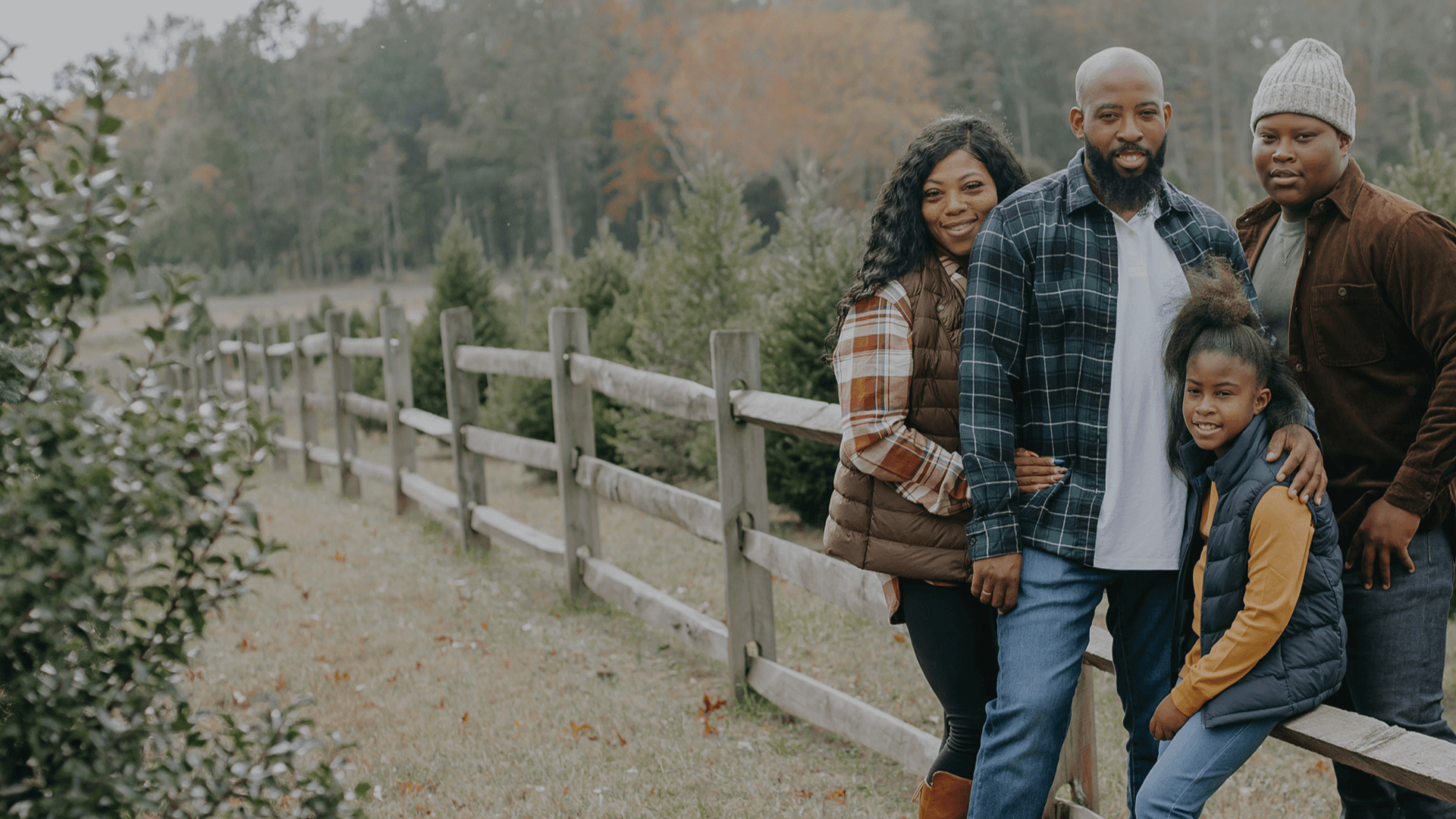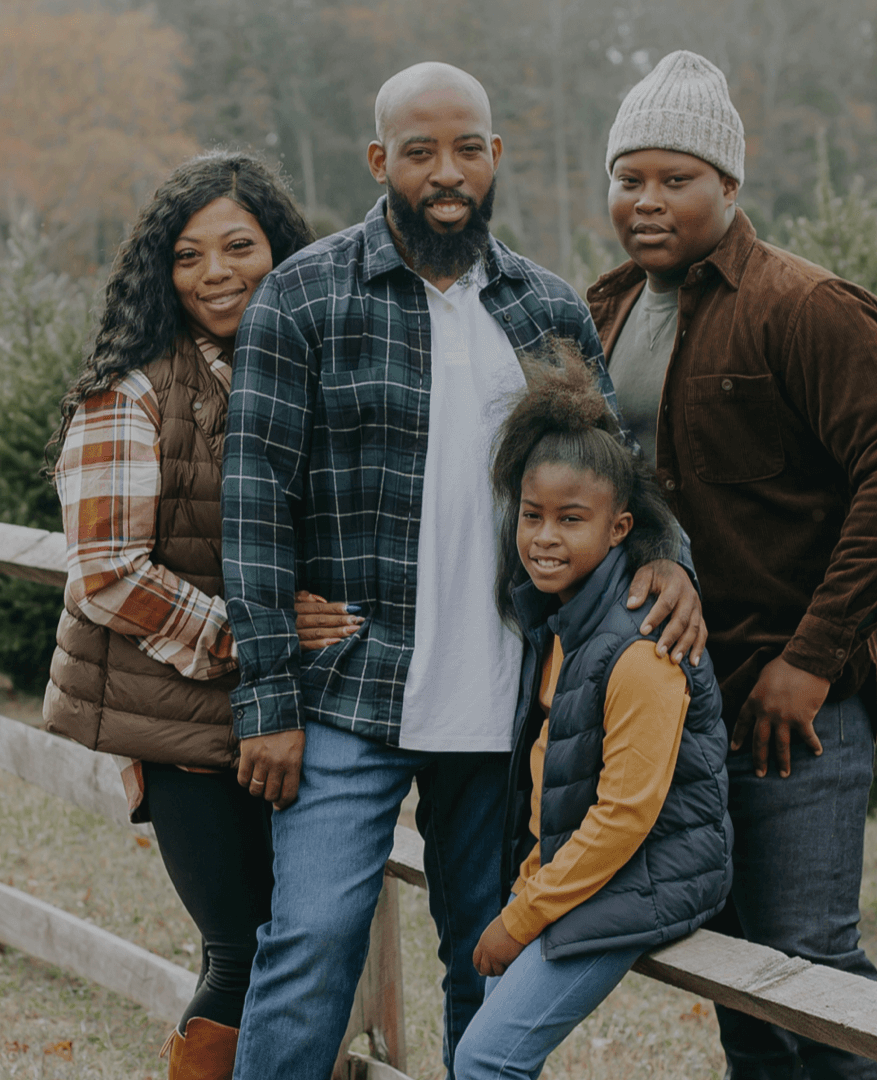Hoffman Street in East Baltimore, once the bustling home to thousands of Irish and German immigrants, is now riddled with abandoned rowhouses and grassy, vacant lots. But luckily, one Baltimore couple, Pamela and Christian Wilson, will be transforming surplus shipping containers into homes for families in need of housing with the help of the Neighborhood Assistance Corporation of America and the bank of America. This development of container homes will be aptly named Hope Village.
What are container homes?
If you've never heard of container homes before, this might sound like a crazy idea. But building and living in container homes is actually a popular (and resourceful!) trend, and they've been popping up all over the country. Just like the name suggests, a container home is a house made from steel shipping containers. Not only are they fairly simple and cost-efficient to build, but they're also environmentally friendly; there are millions of these shipping containers in the world that are not in use and just waiting to be recycled. Plus, the homes often look super cool and modern, so there isn't an aesthetic issue to worry about. A lot of people have been building container homes as their second homes or vacation homes, and they can be as small as 100 square feet or as large as a whole apartment building, but the Wilsons plan to build modest, affordable homes for families in need.
The people behind the plan
Baltimore natives Pamela and Christian Wilson are the brains and hearts behind the concept for Hope Village. The Wilsons live in Charles Village, where they run Heart's Place Services Inc., a nonprofit they established after retiring. Along with the Hope Village project, Heart's Place Services Inc. puts together 'Weekend Survival Kits' for Baltimore City Public School students who are experiencing homelessness, which provide nutritious food for them and their families every weekend. The nonprofit is also currently holding a winter coat drive, collecting gently used winter clothing to wash and distribute to schools, hospitals, and other non-profits so that they can be worn by those in need.
When looking for people to help with the plan, it took the Wilsons years, and they almost gave up. 'We couldn't get any builder to work with us on the refurbishing of containers into houses,' Christian Wilson told Dan Rodricks from the Baltimore Sun. Not even City Hall could help. But finally, Mark Sapperston, a developer of retail and residential properties, agreed to help.
Neighborhood Assistance Corporation of America (NACA) will be the preferred mortgage lender for this project. Founded in 1988, NACA is a non-profit, community advocacy and homeownership organization who aim to build healthy communities by promoting affordable homeownership across the country. They are the largest housing services organization in the country and provide a mortgage program as well as help to advocate against descrimination and predatory lenders.
NACA's mortgage program, listed on their website as the best in America, allows members to purchase a home at a below-market interest rate with no down payment, no closing cost, no fees, and without the pressure of perfect credit. On top of this, they provide property renovation and foreclosure prevention. It makes sense that this non-profit, always looking to lend a hand to those in need, will be playing a role in the Hope Village project.
The plan
The City Board of Estimates approved the sale of 27 lots of Holbrook Street to Heart's Place Services, Inc. on September 2. Each lot cost them $1,000.
Sapperston calculated that each container conversion would be between $43,000 and $45,000, and along with his financial assistance, along with help from the Baltimore City Youth fund and their own funds from Heart's Place Services, the Wilsons hope to sell the homes to families for $25,000-- furniture included. Anne London, a financial planner, is leading volunteers in raising funds for the furniture, and architect Jay Orr is planning the design.
Each of the 13 homes will take up two of the narrow lots, and they will all include a yard and a wraparound porch. Inside, there will be a living room, a full kitchen, a bathroom, a bedroom, and basic appliances-- plus a closet.
'Each home will be fully furnished,' Pamela Wilson told the Baltimore Sun. 'They can cook their own meals, wash their own clothes. The idea is to give a sense of accomplishment and pride.'
A sense of accomplishment and pride will be priceless to the people living in these homes. Projects like Hope Village start with one small idea, but give hope to so many people in need. JoinourcommunityonFacebooktoengageinconversationabouthomeownershipforthetraditionallyunderserved.




